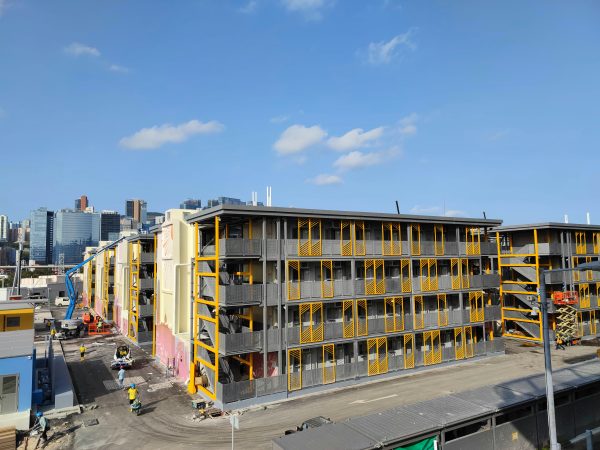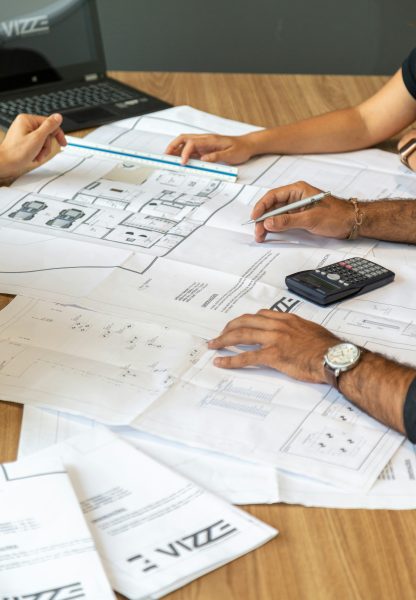There have been many different changes in the housing industry over the past few years, especially when it comes to modular homes, their design, and manufacturing.
Unlike a traditional home, modular homes are built off-site, and transported to their final location for assembly. Modular homes have always offered a number of distinct advantages over traditional housing, including a reduction in construction time, and cost savings, especially when dealing with more remote locations. However, in recent years there has been an uptick in different innovations relating to modular home technology that have pushed the boundaries even further.
From cutting-edge construction methods to the integration of smart home systems, modular homes are becoming more sustainable, smarter, and more efficient every single day. Let’s take a closer look at the key innovations in modular home technology that are being used around the globe.
New Technology in Modular Home Construction
The technology that drives modular home construction has changed significantly in the past few years.
Robotics in Modular Home Construction
Perhaps one of the biggest changes in modular home construction is the use of robotics. For decades, car manufacturers around the world have benefited from the use of robotics in their assembly process. After all, they take the guesswork out of part placement and attachment, and thus, can easily improve the efficiency, precision, and safety of any assembly line.
In Australia, companies like Modscape are leading the way by using robotic technology to enhance the manufacture of modular homes. Thanks to the factory setting, these robotic systems can automate tasks that include welding, framing, cutting, as well as painting. This ensures that repeatable elements are built to the same exacting specifications. And, these robotic systems work closely with CAD models, using preprogrammed instructions to manufacture each component with the highest level of precision possible.
Prefabrication 2.0: Precision and Speed
One of the biggest benefits of modular home construction is its reliance on prefabrication. Each part is manufactured to an exacting specification prior to the final assembly. And like any assembly line, all of these parts are brought together in the most efficient manner possible. But, one of the biggest changes with modular home construction is what has become dubbed “prefabrication 2.0”. This digital twin technology starts with the creation of a virtual model of the home. These digital models help to simulate the entire lifecycle of the home, which allows manufacturers to foresee any potential issues that may develop during the construction process. This allows them to make adjustments before any actual production begins.
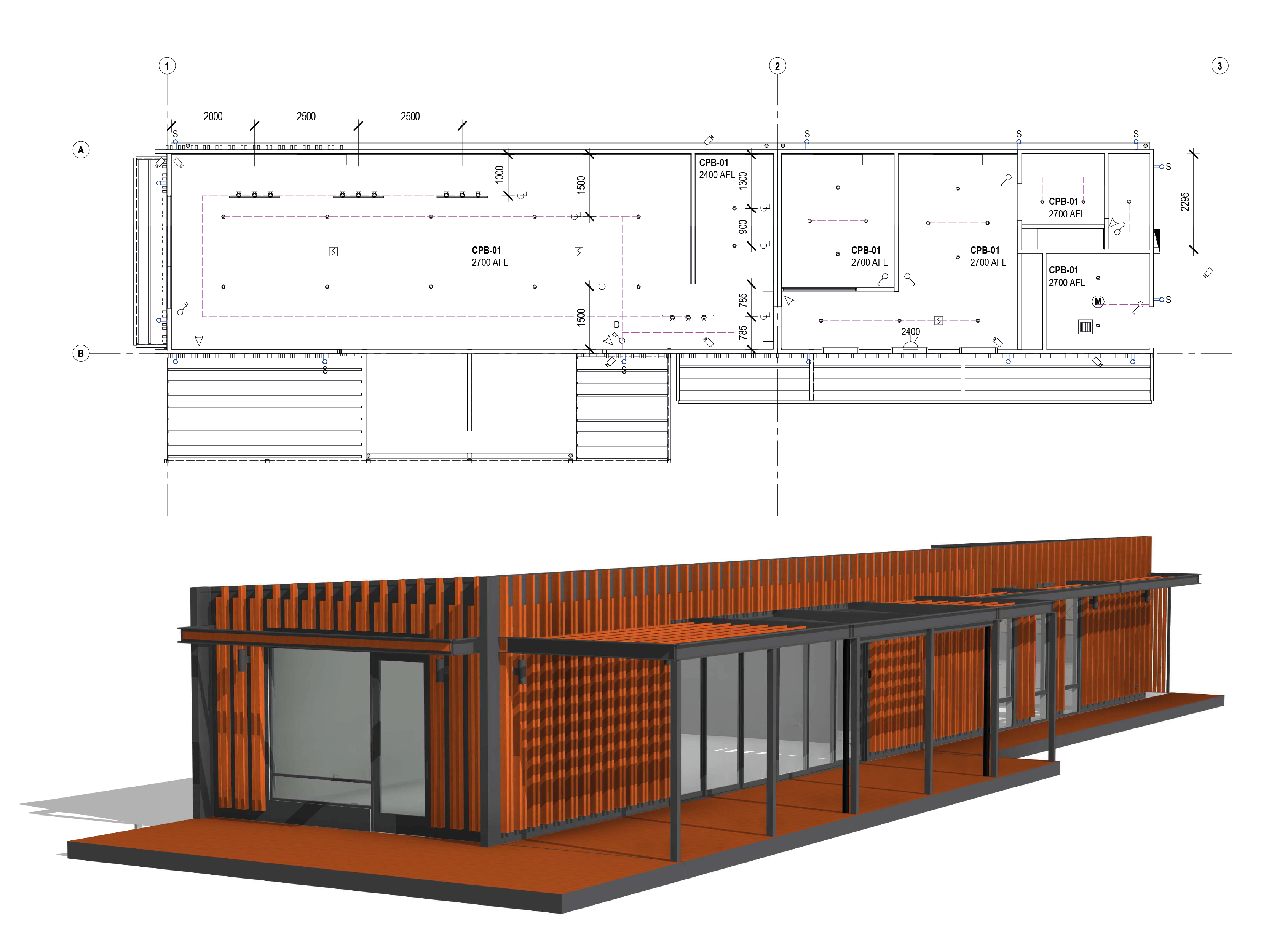
With the help of CNC machines and robotics, modular home manufacturers can digitally control the entire process from start to finish. They can accurately cut and shape all of the materials with a high level of precision that isn’t possible in on-site construction. These tighter tolerances result in a reduction of material waste and construction errors. Although the initial cost outlay for this technology is great, repeatable projects will realize cost savings for the end user.
Prefabrication 2.0 innovation helps to reduce both time and cost, which ensures a faster path from design to construction. This allows manufacturers to maintain a very high-quality standard, while still allowing room for customization, which ensures that homeowners can still design their modular homes to fit their personalized needs.
3D Printing for Modular Homes
While we have all heard about 3D-printed homes, not many people are familiar with the fact that 3D printing technology is also used in modular home construction. Using large-scale 3D printers, manufacturers around the globe are beginning to create entire sections of modular homes. It allows them to build walls, frames, and other structural components, quickly and efficiently.
3D printing in the modular home industry offers many distinct advantages. For starters, it can dramatically reduce waste simply because it uses the exact amount of material that is required for each component. 3D printing also allows for more complex and innovative designs that could not be achieved using traditional methods. Moreover, components can even be printed using sustainable materials such as bio-based composites or recycled plastics. This enhances the eco-friendly profile of the home.
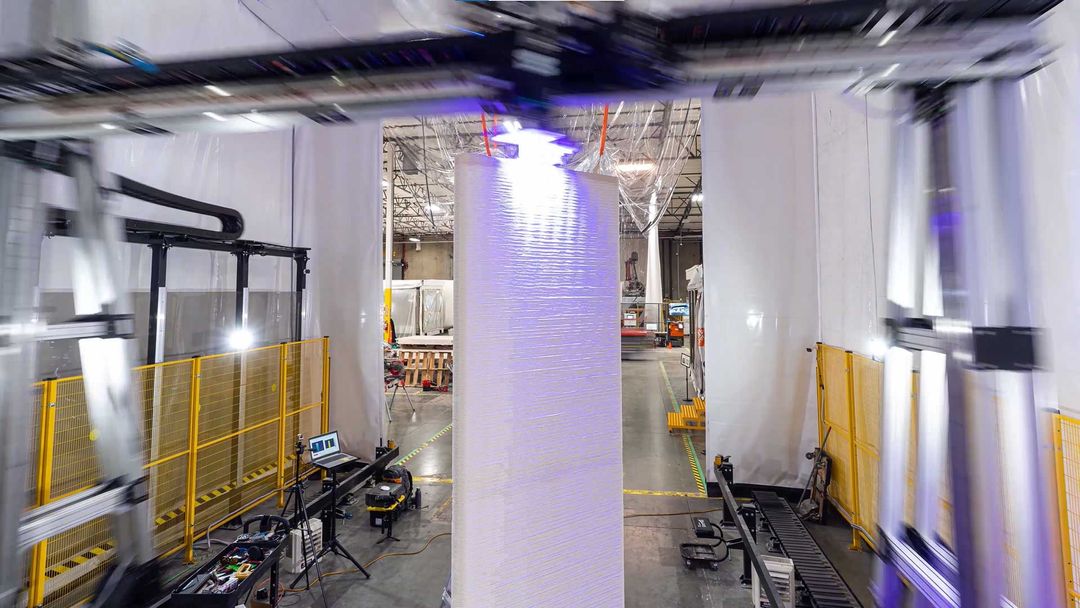
New Materials in Modular Home Construction
We can’t talk about the latest and greatest technology in modular home design without also talking about the new materials that are used in the construction process.
Cross-Laminated Timber (CLT)
One of the most exciting materials available in modular home construction today is known as cross-laminated timber. This timber is a form of engineered wood that is created by stacking layers of directional cut lumber in alternating directions, and then bonding them together.
Although some people may associate cross laminated timber with plywood, the two materials are very different from one another. For starters, plywood is created by peeling rings of timber, also known as veneers, and gluing those thin layers together. Cross-laminated timber, on the other hand, is dimensionally sawn lumber that is then glued in a similar manner, creating an incredibly strong and stable material.
In fact, the cross-laminated timber process creates a product that can rival steel and concrete when used in load-bearing capacities. For modular homes, cross-laminated timbers provide a durable and sustainable option to heavier steel and concrete construction methods. And, because the material is lighter, the transportation costs are reduced, making them more eco-friendly than any other option.
Structural Insulated Panels (SIPs)
Another popular material that has been revolutionizing the modular home construction industry is structural insulated panels. These panels are built using a foam core that has been sandwiched between two layers of OSB or other similar material, creating a rigid, heavily insulated, and air-tight panel, that is perfect for modular home construction
Structural insulated panels can be found in many different applications. The panels are so strong, that they are commonly used to build RVs, campers, and even box trucks. Chances are, if you have rented a moving truck in the past decade, then its box was most likely built using SIPs.
The pre-fabricated panels arrive at the assembly line, in a ready-to-use manner. They can be easily cut to exacting dimensions, allowing them to be assembled with more precision than ever thought possible. This helps to create a tighter building envelope, which can dramatically reduce the home’s energy consumption during the winter and summer months.
Smart Modular Homes: Integrated Technology for Modern Living
Smart home technology is all the rage these days, and more modular homes have begun to integrate smart technology into their design.
Smart Energy Systems
Smart energy systems are one of the most significant advances in modular home design. With the integration of smart energy systems, homeowners can control their energy consumption with a high level of precision, from anywhere in the world. The use of smart thermostats allows homeowners to adjust the temperatures based on occupancy patterns. At the same time, smart lighting systems will automatically turn off the lights when no one is in the room, which helps you save money.
With the popularity of solar panels, modular homes can also come equipped with solar panels and battery storage solutions. These systems allow homes to generate their own electricity and store the excess power for later use. This will help to reduce one’s dependence on the national grid, and when coupled with monitoring systems, allow a homeowner to maximize the efficiency of the home.
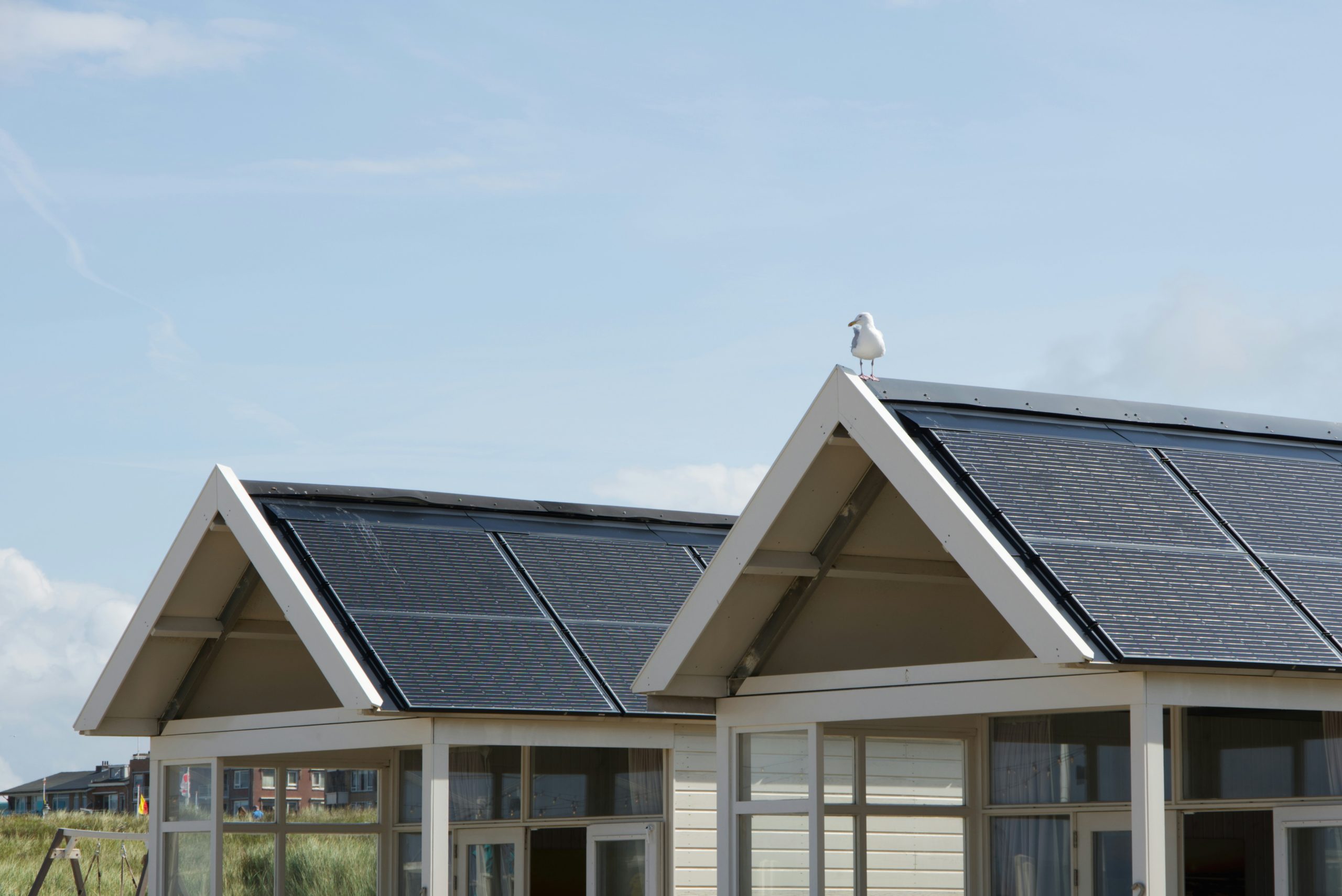
Home Automation and IoT Devices
The Internet of Things is also an important part of smart home automation. These systems are becoming increasingly common in modular home design, as they allow homeowners to control every single aspect of their living space through a single interface. With the use of Internet of Things technology, homeowners can access their security cams and door locks with a smartphone, from anywhere in the world. Just about everything in a smart home can be managed remotely today using apps and voice commands.
Not only will automation and the Internet of Things help to reduce a home’s overall energy consumption, but it also provides a level of security that was never thought possible in modular homes before. Automated systems allow homeowners to be alerted if there are any potential issues in or around the home. These systems will alert you if somebody breaks into the home, or if there is a leak detected in one of the bathrooms. This not only adds convenience to homeownership but also enhances the overall safety and peace of mind of homeowners around the country.
Voice-Controlled and AI-Powered Homes
Of course, we can’t talk about smart modular homes without also discussing the use of voice-controlled and AI-powered systems. With the help of AI assistants like Google Assistant, Amazon Alexa, and Apple Siri, homeowners can take control of everything within their home from lighting to home entertainment.
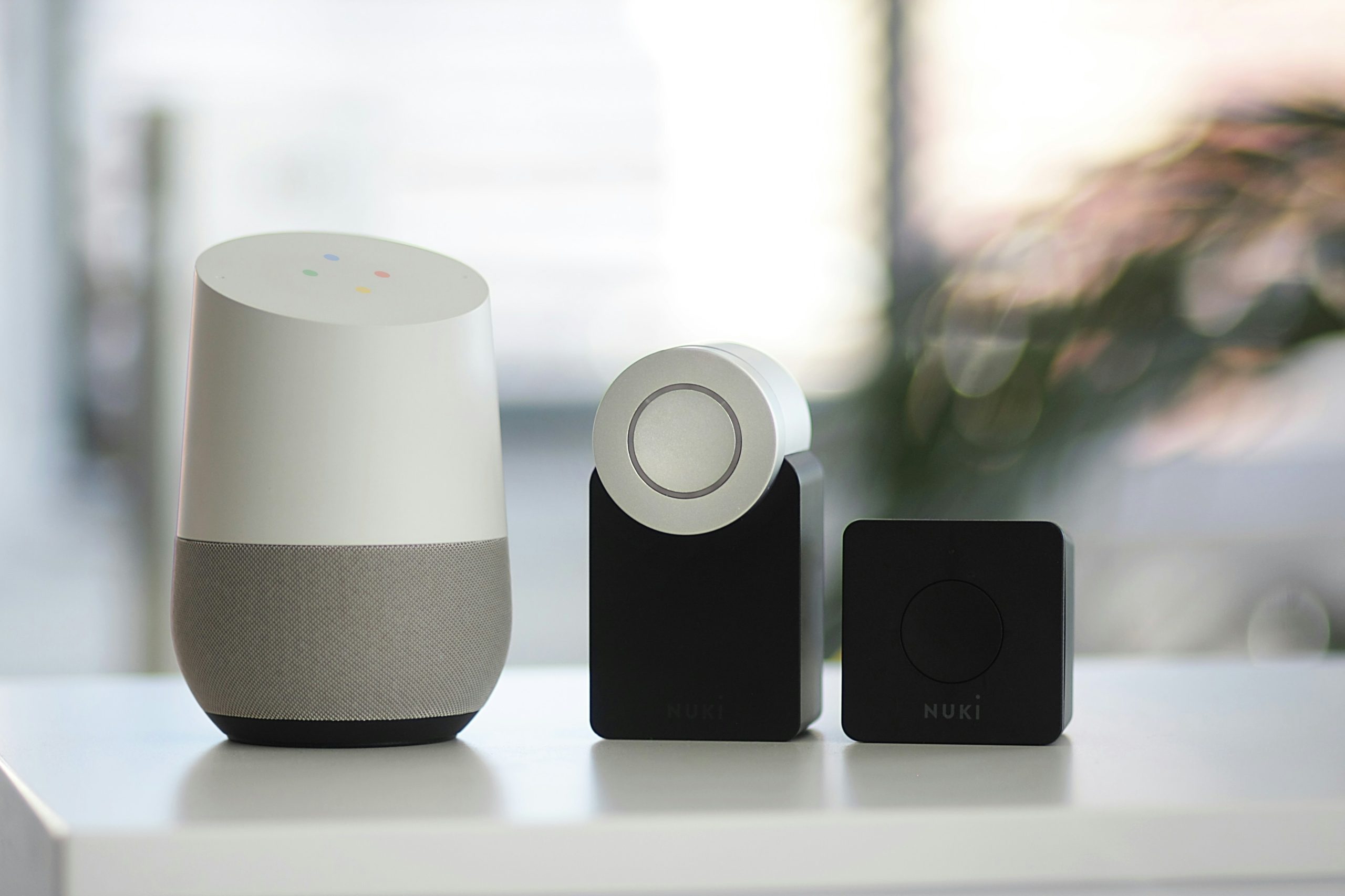
AI technology can also be helpful when it comes to optimizing a home’s energy use. The technology can monitor the use of appliances and their performance, and even predict maintenance needs. In no time, an AI system can learn all about a household’s energy consumption patterns, and then automatically adjust the heating, cooling, and lighting to maximize the home’s efficiency. This will help lower energy costs, and reduce a home’s carbon footprint.
Sustainable Building Practices Shaping Modular Homes
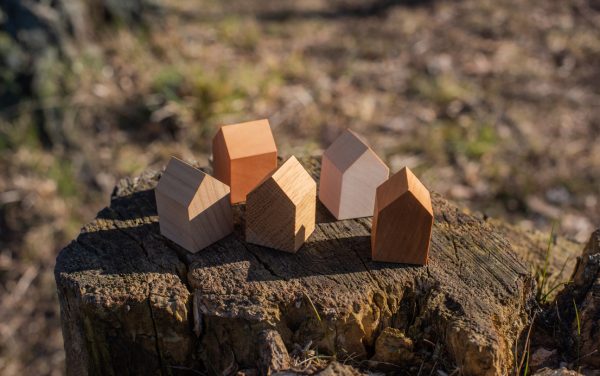
Sustainability is no longer just a simple buzzword, it is the driving force behind many of the most popular modular home innovations in recent years.
Modular Homes and Zero-Energy Standards
Modular home manufacturers continue to push the envelope as they reach for the goal of creating a zero-energy home. Zero-energy homes are specifically designed to produce as much, if not more energy than they actually need. And, modular homes are considered to be the ideal candidate for achieving this standard. With the help of energy-efficient designs, renewable energy sources, and advanced materials, they can reduce the energy consumption of a modular home to almost nothing.
Reduced Waste and Lower Environmental Impact
Perhaps one of the biggest advantages of modular home construction is the reduction of waste in the manufacturing process. Because the homes are built in controlled factory environments, the use of materials can be optimized. And, any leftover materials can easily be recycled or reused in other projects. This of course contrasts with traditional on-site construction where waste is often higher due to less control over the material quality and the unpredictability of the weather.
Moreover, there is a reduction in the need for transporting materials when using modular home construction, which helps to reduce the home’s overall carbon footprint. Thanks to a controlled factory environment, modular homes are some of the most energy-efficient and sustainable homes available on the market today.
Conclusion
Modular home technological innovations are completely reshaping the home construction industry. With the help of advanced materials like structural insulated panels and cross-laminated timber, homes can be built stronger and more durable. And thanks to emerging technologies like 3D printing, CNC manufacturing, robotics, 1and digital twin modelling, the turnaround time to build a modular home is simply faster than traditional construction methods. When all of this is coupled with smart home technology the result is some of the most sustainable, affordable, and intelligent homes available on the market today.
